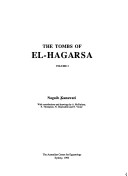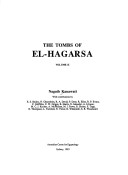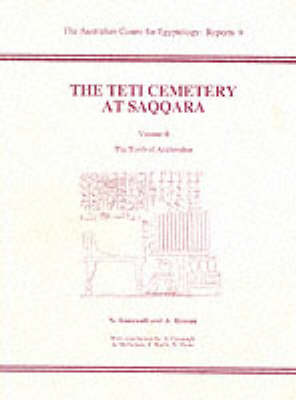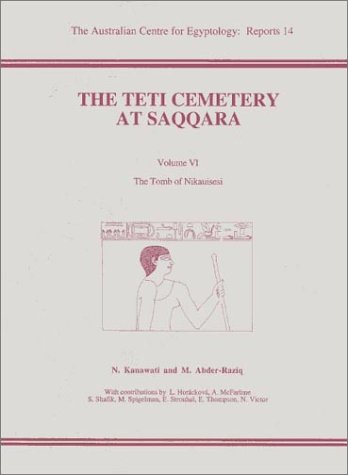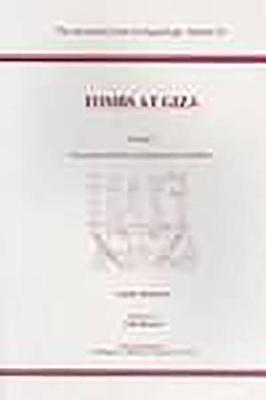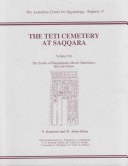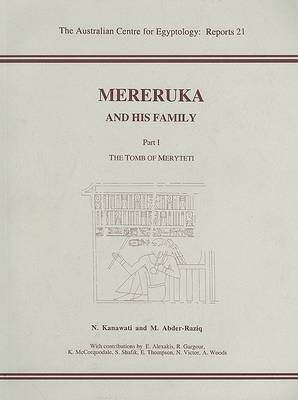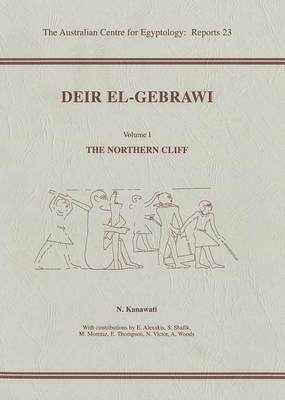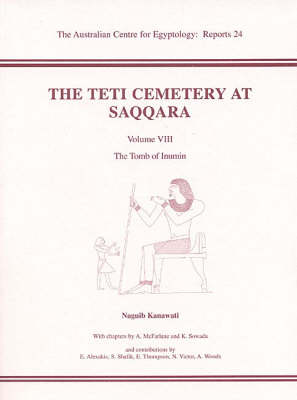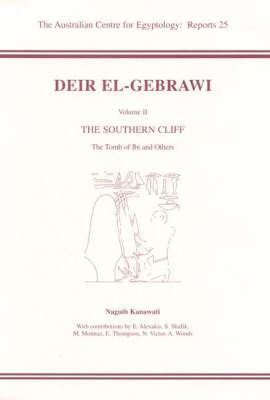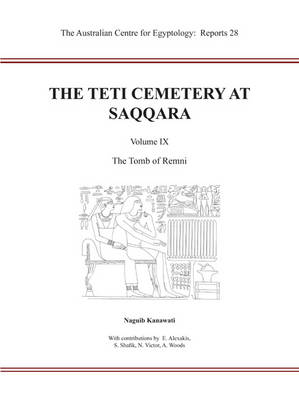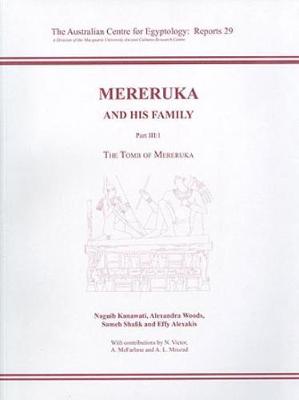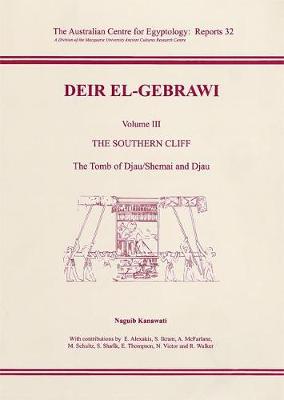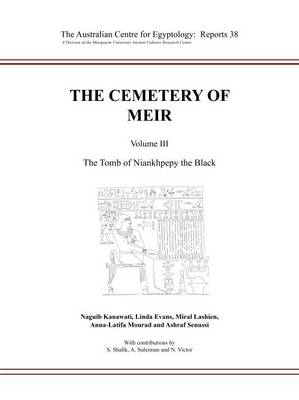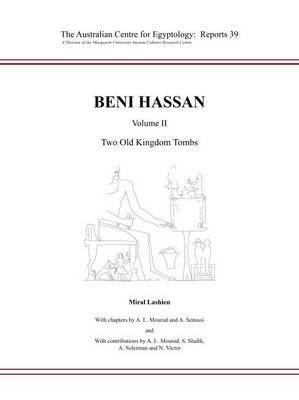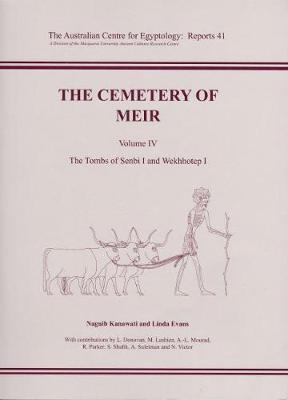ACE Reports
21 primary works
Book 2
Book 4
Book 6
Book 7
Book 9
Book 14
Book 16
Book 17
Book 21
tomb of the Old Kingdom. As a vizier and husband of the eldest daughter of King Teti, Mereruka held an unusually large number of responsibilities and his tomb reflects the wealth and status he enjoyed. Consisting of 32 rooms, 16...Read more
tomb of the Old Kingdom. As a vizier and husband of the eldest daughter of King Teti, Mereruka held an unusually large number of responsibilities and his tomb reflects the wealth and status he enjoyed. Consisting of 32 rooms, 16 of which are decorated, it includes his chapel, that of his wife, Waatetkhethor and his son Meryteti. Each of them possessed a separate shaft and burial chamber with those of Mereruka reflecting almost a Royal status. Despite its clearance in 1893, this important mastaba remains incompletely published. The present project intends to fully document and publish all parts of this tomb beginning with the least currently accessible to scholars. The present volume is therefore devoted to the chapel and burial chamber of Meryteti, son of Mereruka, grandson of King Teti and vizier of Pepy I.
Book 23
the Old Kingdom, with governors buried there holding high administrative positions, including that of vizier. The cemetery occupies two separate cliffs, the nothern one of which received very limited attention from Norman de Garis Davies, who first published it...Read more
the Old Kingdom, with governors buried there holding high administrative positions, including that of vizier. The cemetery occupies two separate cliffs, the nothern one of which received very limited attention from Norman de Garis Davies, who first published it in 1902. The new record includes all the surviving information on the architecture, art and inscriptions in the tombs of the northern cliff, as well as reproductions of certain sections from Davies' publication, where these have deteriorated or been vandalized since 1902. The volume contains records on the tombs of Henqu I and II and Hemre/Isi I and II, and others, all documented in colour plates and line drawings.
Book 24
Book 25
Book 28
Book 29
Mereruka and his Family Part III.1
by Naguib Kanawati, Alexandra Woods, Sameh Shafik, and Effy Alexakis
Book 32
Book 34
Book 38
The Cemetery of Meir III
by Ashraf Senussi, Anna-Latifa Mourad, Miral Lashien, Naguib Kanawati, and Linda Evans
Book 39
Beni Hassan Volume II: Two Old Kingdom Tombs
by Miral Lashien, Anna-Latifa Mourad, and Ashraf Senussi
Book 40
Book 41

